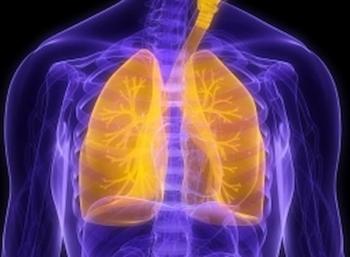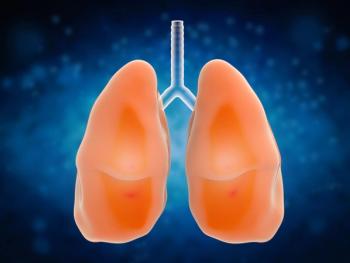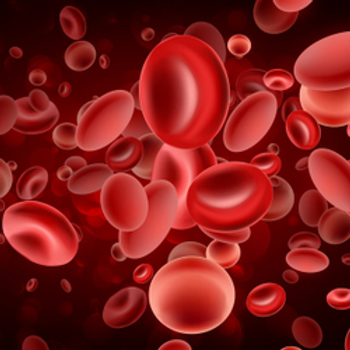
- ONCOLOGY Vol 24 No 7
- Volume 24
- Issue 7
Understanding Evaluation and Management of Primary Cutaneous and Systemic ALCL
Querfeld et al have written a comprehensive evaluation of primary cutaneous and systemic anaplastic large cell lymphoma (ALCL). The important similarities between them are outlined in the article, for example tumor cells expressing the CD30 antigen for both subtypes. In addition, important differences such as the wide spectrum of CD30+ lymphoproliferative disorders of the skin and the large differences in outcomes of the primary cutaneous vs systemic types of ALCL are discussed. Other important differences include expression of the anaplastic lymphoma kinase (ALK) protein. The ALK protein is activated most frequently through the nonrandom t(2;5) chromosome translocation, resulting in fusion of the nucleophosim (NPM) gene located at 5q35 to 2p23 and encoding the receptor tyrosine kinase, ALK. Most patients with primary cutaneous ALCL are ALK-negative, yet their 5-year disease-free survival rate is > 90%. Systemic ALCL is divided into ALK-positive and ALK-negative cases. Patients with systemic ALCL that is ALK-positive have a much higher 5-year survival rate of 70%, compared with a rate of 49% for those with systemic ALCL that is ALK-negative.[1]
Querfeld et al
Unfortunately, many standard chemotherapies, including anthracycline-based regimens, do not produce long-term disease-free survival for many individuals with peripheral T-cell lymphomas. This is not the case with ALK-positive systemic ALCL, for which a high cure rate is possible. New modalities and treatments are needed for patients with relapsed ALK-positive ALCL and also for many patients with higher risk ALK-negative ALCL. The best use of stem cell transplantation is discussed by Querfeld et al, although its use as a standard of care for relapsed patients is not well emphasized. For younger patients, this should be the top consideration for relapsed systemic ALCL. Novel therapies are also outlined, such as several CD30 monoclonal antibodies or immunotoxins, histone deacetylase (HDAC) inhibitors, proteasome inhibitors, immunomodulatory agents, and possible ALK kinase inhibitors. Of these agents, the immunoconjugate SGN-35 appears to have highly significant activity in patients with relapsed systemic ALCL.[2] In summary, the article by Querfeld and colleagues is extensive and covers all the updated currently available information about assessment and management of ALCL.
Financial Disclosure:The author has no significant financial interest or other relationship with the manufacturers of any products or providers of any service mentioned in this article.
References:
References
1. Vose J, Armitage J, Weisenburger D, International T-Cell Lymphoma Project: International peripheral T-cell and natural killer/T-cell lymphoma study: Pathology findings and clinical outcomes. J Clin Oncol 26:4124-4130, 2008.
2. Fanale M, Bartlett NL, Forero-Torres A, et al: The antibody-drug conjugate brentuximab vedotin (SGN-35) induced multiple objective responses in patients with relapsed or refractory CD30-positive lymphomas in a phase I weekly dosing schedule (abstract 2731). Blood 114:2009.
Articles in this issue
over 15 years ago
Primary Cutaneous and Systemic Anaplastic Large Cell Lymphomaover 15 years ago
Exploring the Interface Between Cancer and Psychiatryover 15 years ago
Ipilimumab Ups Survival in Metastatic Melanoma Phase III Trialover 15 years ago
Ovarian Cancer Screening Tool, ROCA, Yields Promising Resultsover 15 years ago
Improved Understanding of Peripheral T-cell Lymphomasover 15 years ago
Interpretation of Genome-Wide Association Study Resultsover 15 years ago
Optimizing Treatment Benefit in Older Breast Cancer Patientsover 15 years ago
Adjuvant Chemotherapy of Breast Cancer in the Older PatientNewsletter
Stay up to date on recent advances in the multidisciplinary approach to cancer.















































































